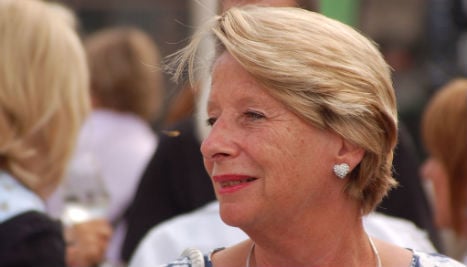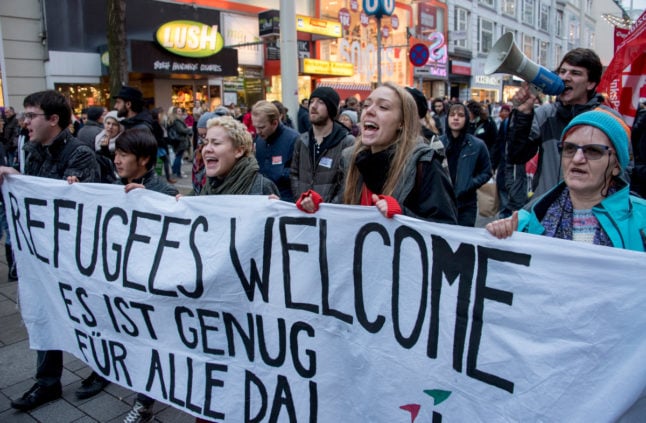At a joint press conference with FPÖ chairman Heinz-Christian Strache, Stenzel said she was standing on the FPÖ candidates list because she wanted to “break the red-green dominance”, referring to the Social Democratic Party (SPÖ) and Green Party (Die Grünen).
“I do this because I would like to break the red-green dominance in Vienna and because I would like to break and I would like to prevent the red-greens in the Innere Stadt, the first district, the centre of Vienna,” she said.
Stenzel, a former TV presenter with the ORF, had not been nominated by the ÖVP to stand in the October city elections, with the party choosing politician Markus Figl in July instead.
Stenzel is still district chairwoman for Vienna's first district and she stressed at the press conference that if elected she would stay as district chairwoman.
Now aligning herself with the FPÖ, Stenzel said that she “is a signal for the people of Vienna that the FPÖ is selectable and must be.”
Since Stenzel was not nominated by the ÖVP for the election, there had been speculation about whether she would run on her own list.
The conservative Alliance for the Future of Austria party (BZÖ) had also reportedly offered her “a political home” but she had not taken up their offer.
Reacting to the news, deputy district chairwoman for the first district, Daniela Ecker-Stepp (SPÖ), called for residents to vote for the SPÖ to prevent a 'blue' first district, referring to the FPÖ.
“I am certain that residents of the first district neither want rabble-rousing or xenophobia. The first district is the centre of a metropolitan city and it's residents are interesting and cosmopolitan,” she said.



 Please whitelist us to continue reading.
Please whitelist us to continue reading.
Member comments